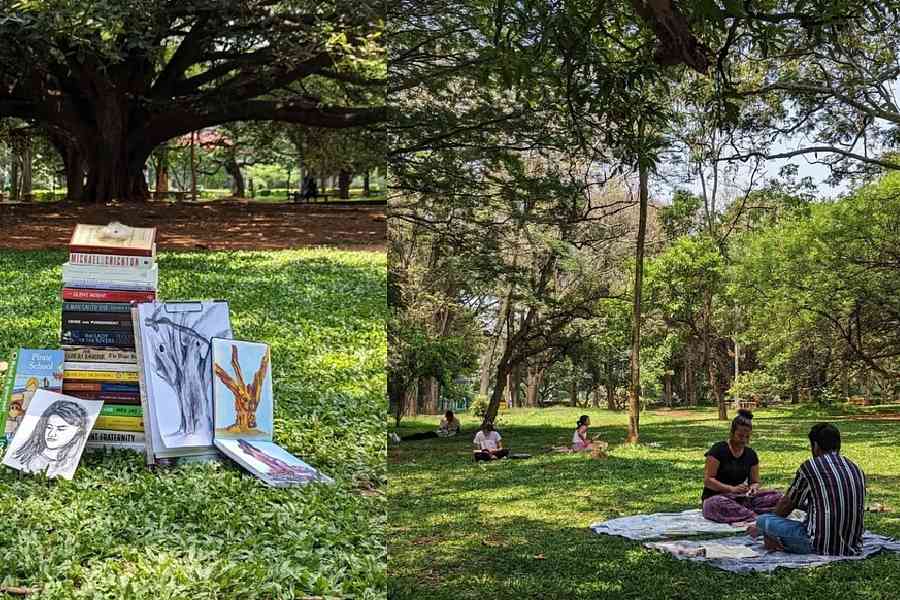The gentle art of reading is precisely that: both gentle and an art. The sense of this beauty was revived by the silent reading movement that began with the vision of two friends in Cubbon Park in Bengaluru and has now spread through many cities in India and even in the West, including London and Boston. Communities united by the love of reading in peace take over public parks for a few hours every week, with members bringing their own rugs or sheets or mats and their own books. The combination of quietness in the intimate act of reading with a sense of togetherness borne of a shared love is a unique feeling in the modern urban space. There is no pressure to exchange niceties or interact; only the silence is not optional. This is different from the book club, where members gather on fixed dates to discuss a predetermined book or theme or author. Their reading has been done — the job is to analyse it and exchange opinions. But silent reading is an experience of the deeply personal aspect of reading, strengthened by the presence of others immersed in the same pleasure.
The sense of community that exists without pleasantries could develop into bonds among book lovers from different regions, cultures and strata of society. The rugs or mats would become expanding areas of an interchange of interests — among genres, say, or languages. That no funds are needed to read in peace is not the only advantage of taking over public greens. Reading on the grass in the shade of trees creates a connection with nature that can replenish the mind and body. It is a brilliant way of returning to nature within the city and associating reading with the outdoors. The only drawback here is the climate. The communities’ pleasures would be interrupted in times of rain, extreme heat and snow; the south of the country and hilly towns can provide more unbroken stretches of silent reading.
The dominance of the screen nowadays suggests to many that books are on their way out. The popularity of silent reading together does not support that; rather, it points to a hunger for peaceful reading that was perhaps not being fulfilled by the routine demands of modern urban life. It is a small irony that venues and times are announced through social media — which is banished from the reading scene. The movement also means a silent transformation of the city landscape, a reclaiming of its spaces for an enactment of civilisation, humanity, brotherhood, equality and an acknowledgement of nature’s presence. The transformational magic endows spaces with new meaning. In that sense, the silent reading movement holds the key to other forms of reclamation for the sake of beauty and inner enrichment that could even produce an unconscious substratum of resistance to ugliness, coercion and violence. Communities of happy readers have their own unusual powers.











